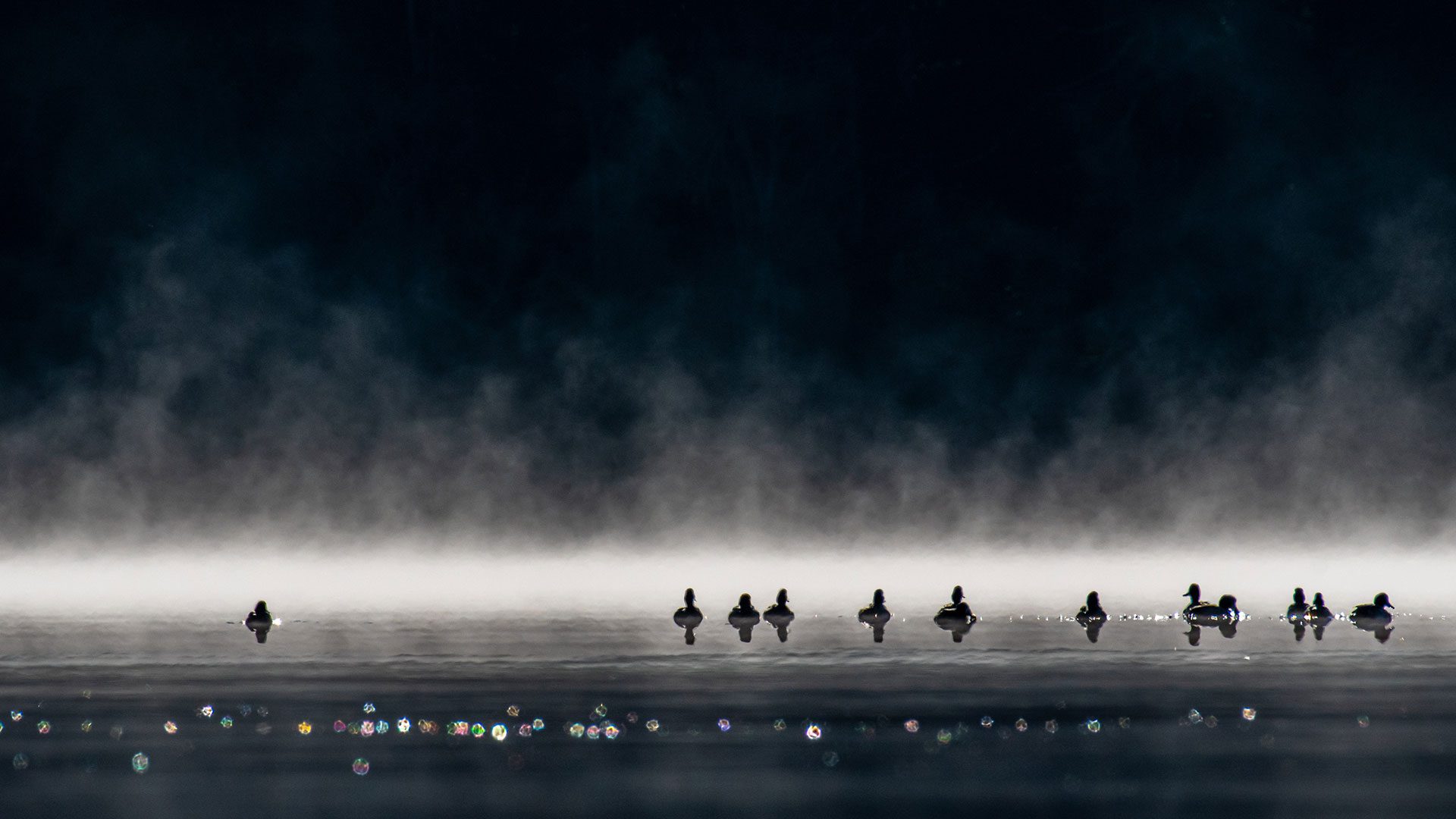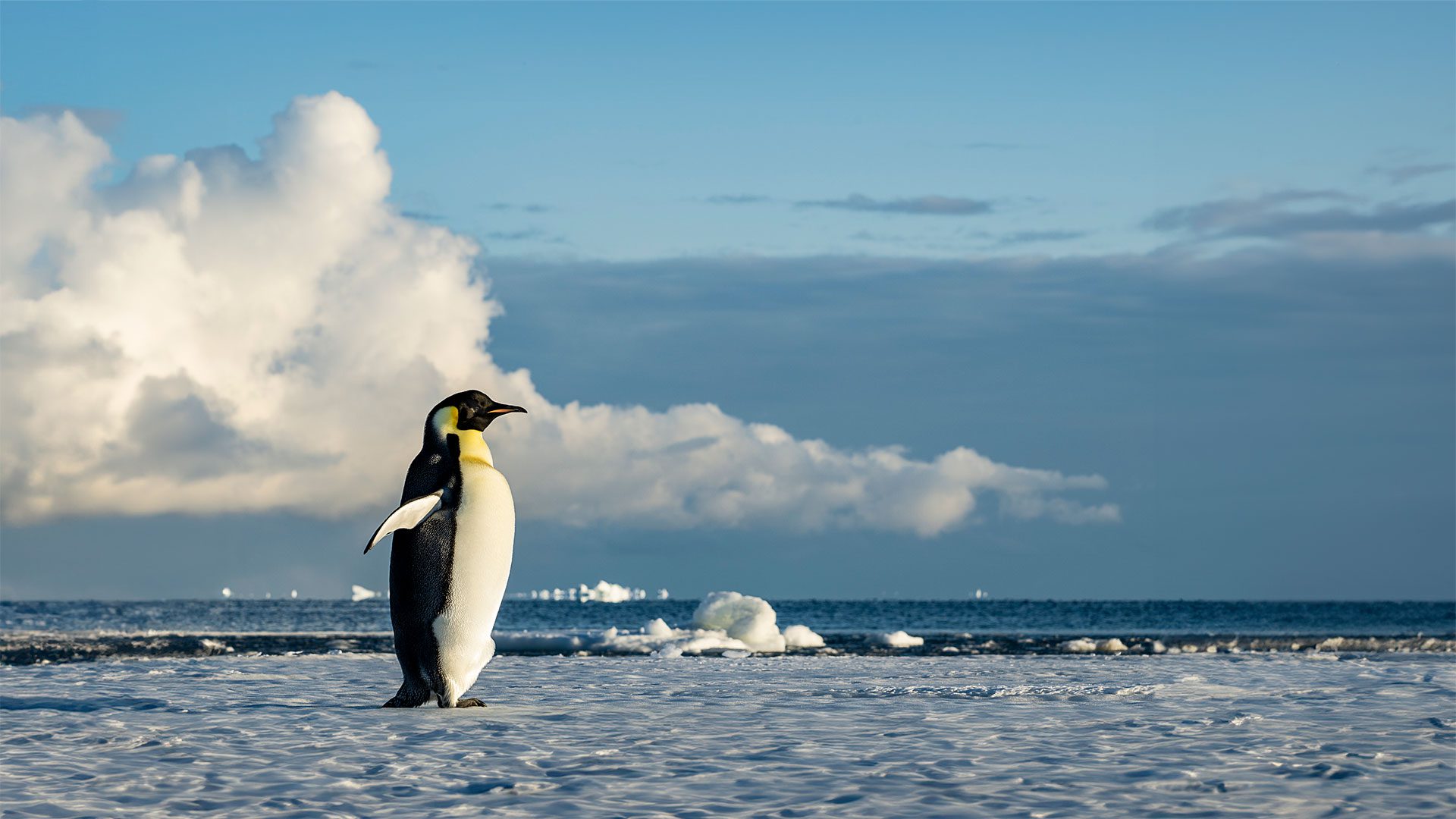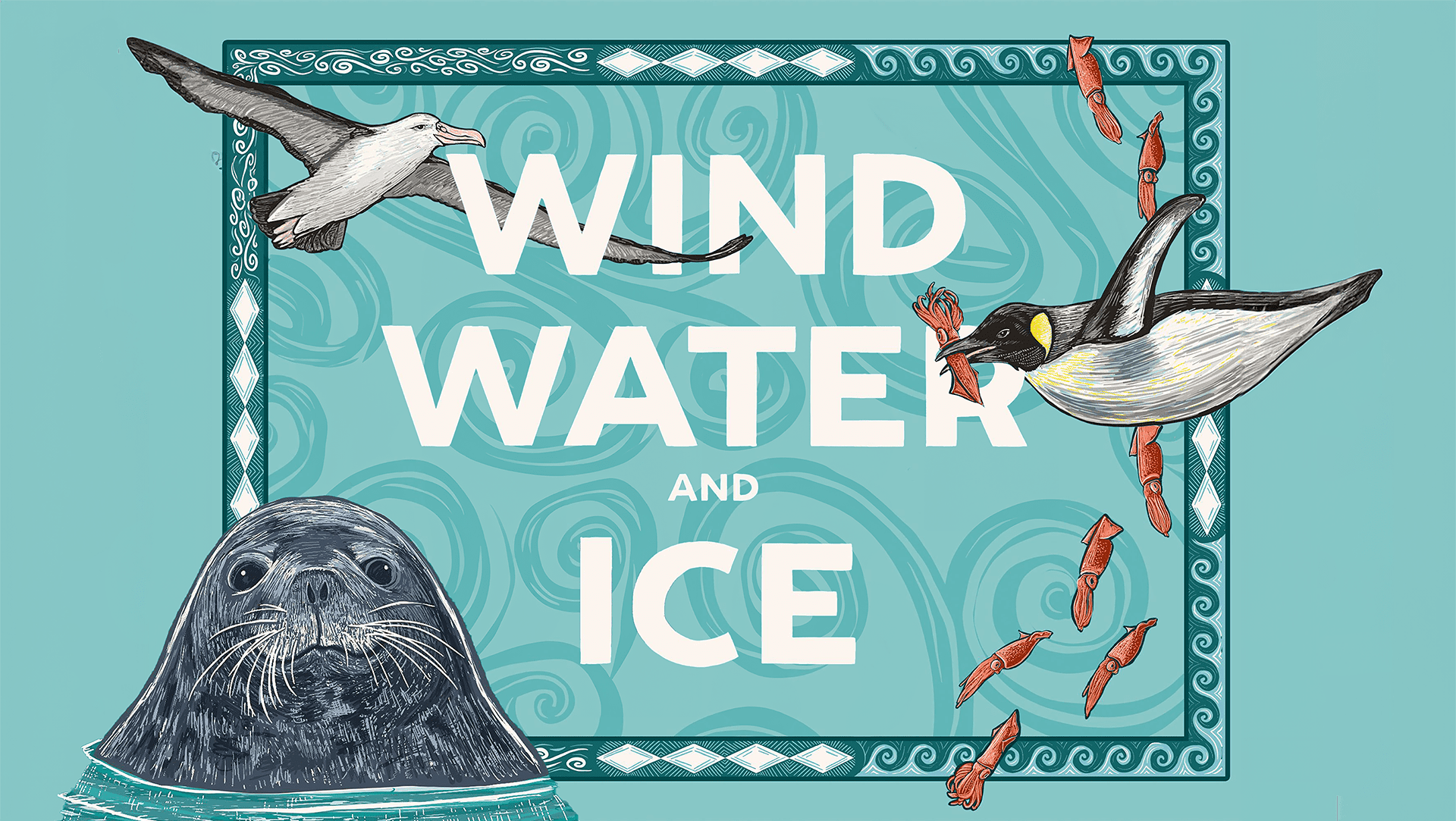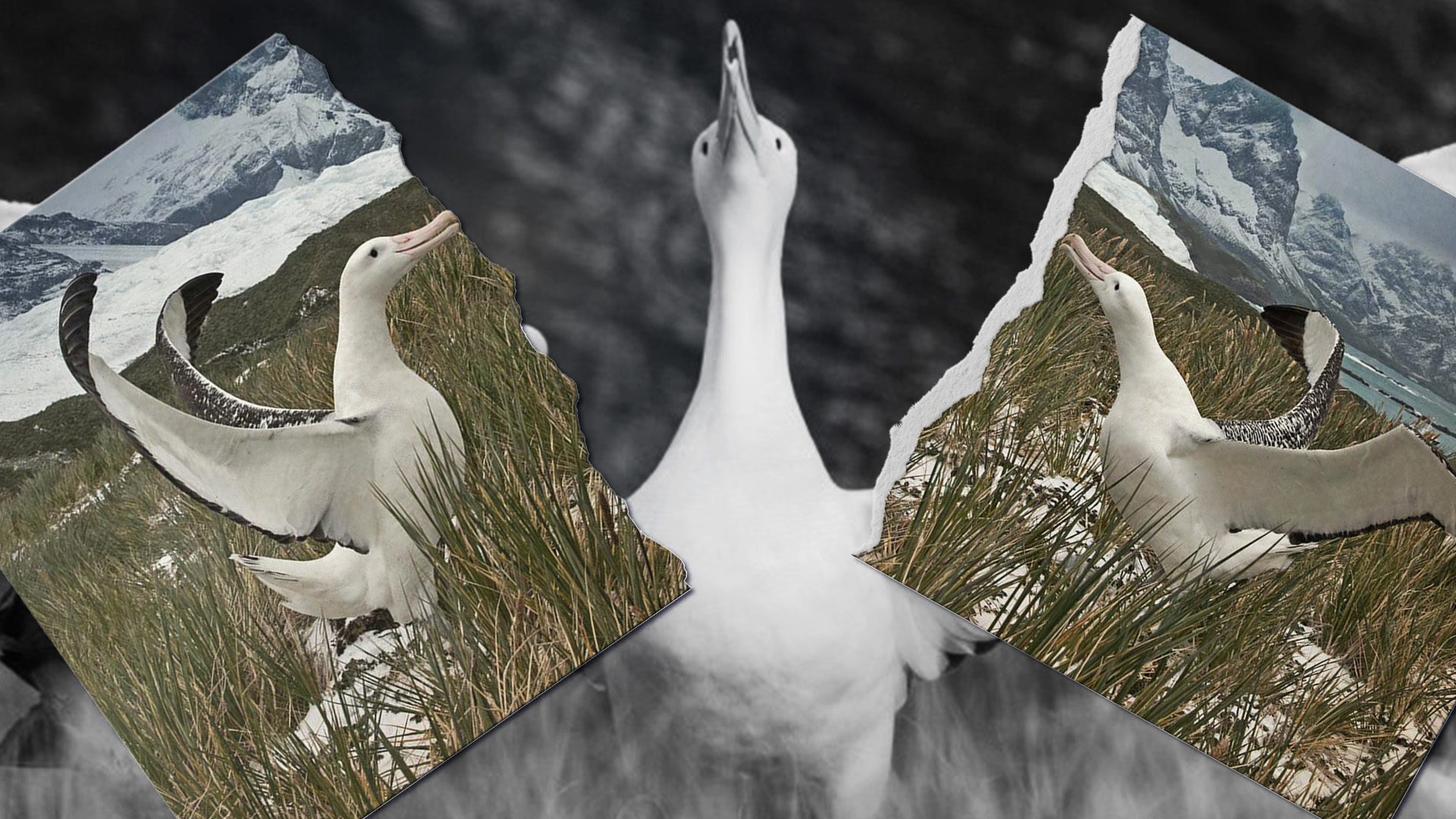Wintering Waterbirds
Winter doldrums? Take a local birding trip to encounter a diversity of waterbirds this season
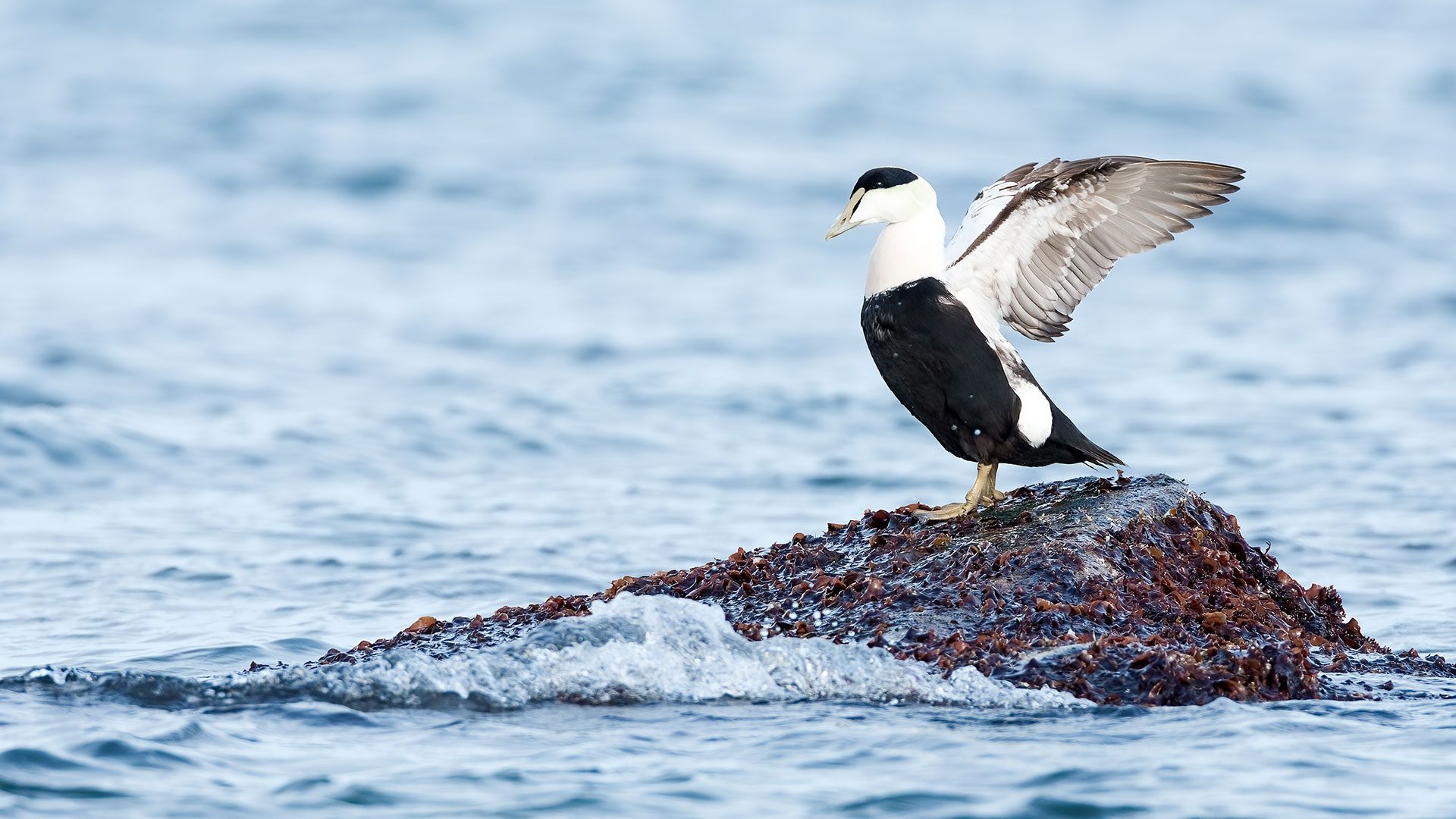
Estimated reading time: 2 minutes
Are you looking for invigorating ways to enjoy the ocean in winter? This is the perfect season to visit your favorite beach, wetland, or coastline for viewing wintering waterbirds.
Amidst glittering steely-blue waters, catch a glimpse of seabirds, shorebirds, and waterfowl. In the United States, winter birding is replete with a diversity of ducks, geese, swans, herons, ibis, cranes, grebes, flamingos, rails, pelicans, storks, kingfishers, and loons. The quiet winter months are an ideal time to go birding and see spectacular species up close.
“Winter is a fun birding season. There are some species you can only see in the winter like Surf Scoter, Harlequin Ducks, or Eiders,” says Ruijiao Sun, an MIT-WHOI Joint Program graduate student who researches seabirds and is an avid birder. “It’s interesting to see them change into their breeding plumage. For me, it’s like catching Pokemon. I like collecting all the lifers.”
Wintering grounds
An estimated four million birds migrate each year from Canada to their wintering grounds in the U.S. along the Atlantic, Mississippi, Central, and Pacific Flyways.
“Tiny little passerine birds undergo crazy migrations that change their organs, neurology, and physiology so they can fly across continents. They are remarkable species,” says Francesco Ventura, marine ecologist at WHOI. “When I go surfing, I am careful not to disturb migratory shorebirds who just arrived from the other side of the world. This is why it’s also important to keep dogs on leash at the beach.”
At their wintering grounds, waterbirds rest and forage to build up essential fat reserves. Along the coast, they forage for mussels, clams, crustaceans, and snails. Waterbirds like mergansers and cormorants dive for fish, swimming underwater for up to two minutes. Waterfowl like ducks feed on nutrient-rich plants like seaweed and eelgrass.
Courtship season
By mid-winter, courtship season begins for waterfowl and breeding males display colorful and bright plumages. For example, King Eiders sport baby-blue feathers with pops of orange while Harlequin Ducks flaunt glamorous chestnut-colored feathers.
To attract mates, waterbirds engage in vigorous aerial chases and water-splashing routines. They impress females with rhythmic head bobbing and bill dipping. In particular, Red-breasted Mergansers are known for their adorable “Salute-Curtsy” gesture while Common Goldeneyes perform their signature “Head-Throw-Kick” moves.
Aquatic adaptations
Waterbirds are adapted for their aquatic lifestyles, including webbing between the toes, waterproof plumage, and wings that can function as flippers. Seabirds are even able to drink salt water due to glands next to their eye sockets which extract salt from their bloodstream.
As you watch waterbirds calmly float by in frigid waters, you may wonder how they stay warm. Concurrent circulatory systems allow them to maintain a higher core body temperature independently of the cold blood pumping through their feet and legs.
Winter beach birding awaits you
Winter birding is a fantastic way to enjoy the diversity of waterbirds and aquatic ecosystems. For guidance on where to view species, contact a local Audubon chapter or birding club. Stay warm and have fun out there!


